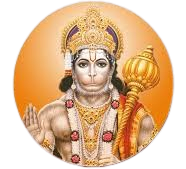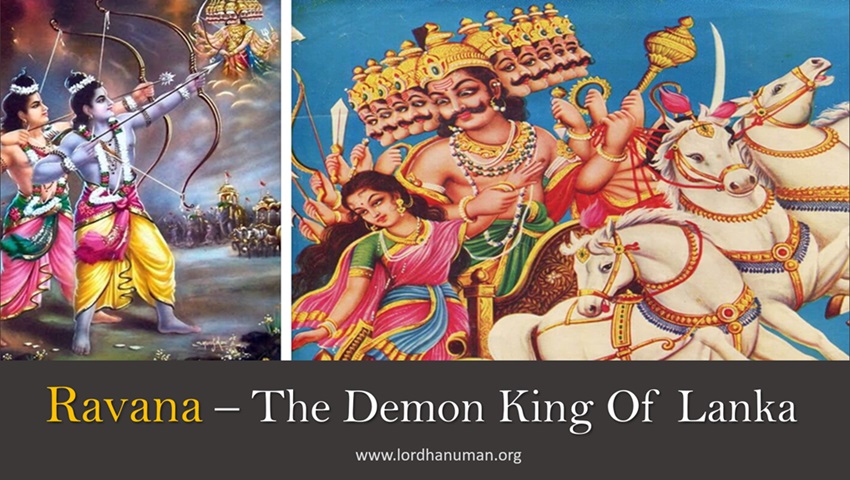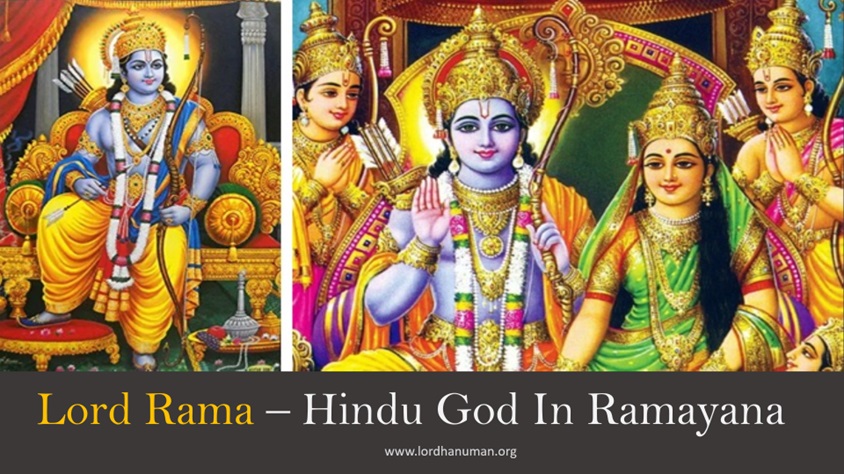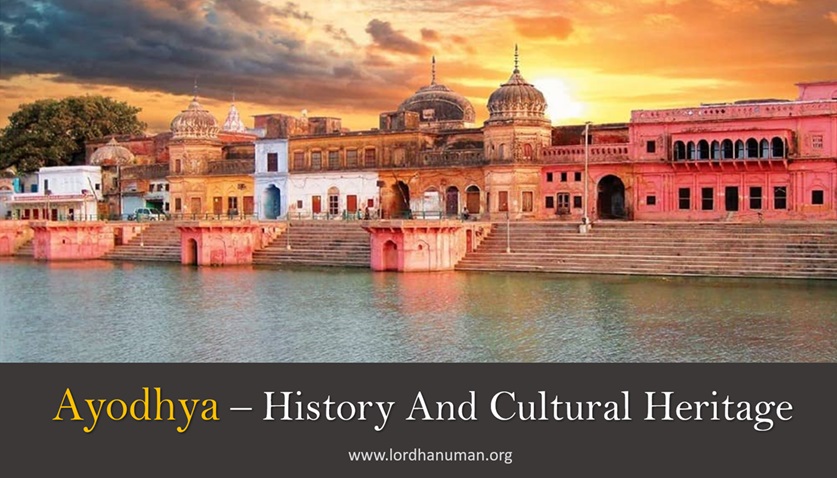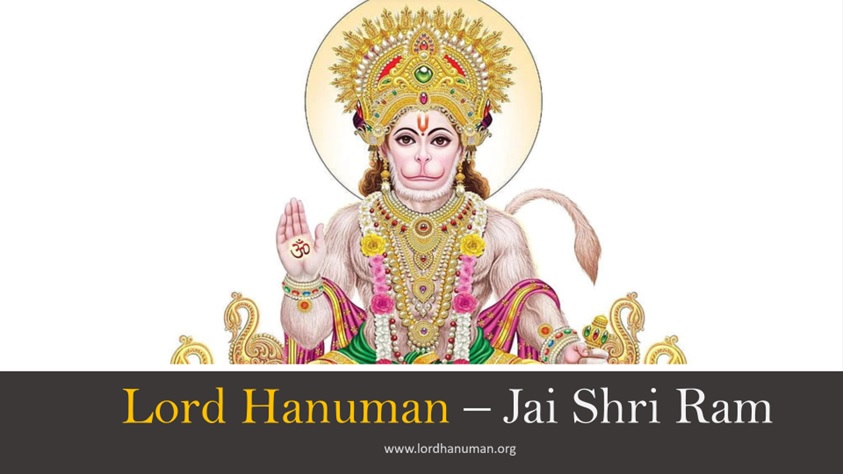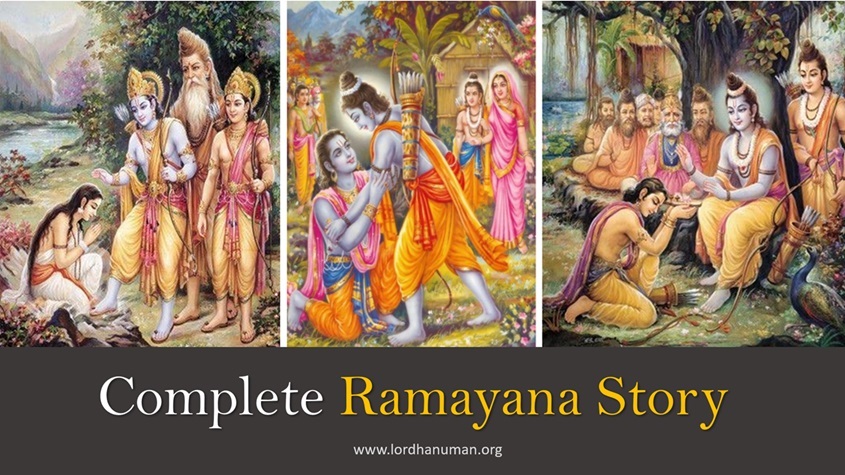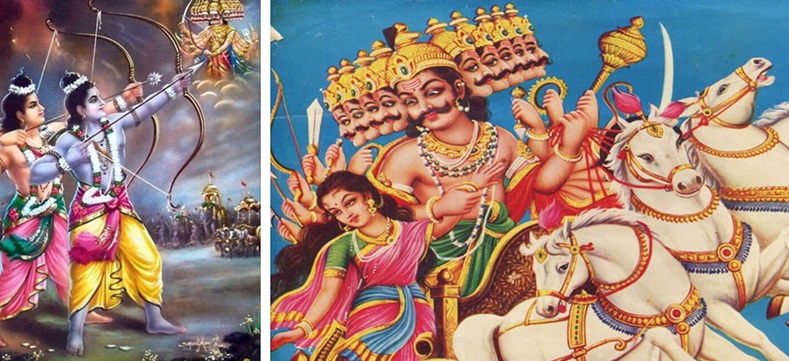
Ravana
लंका का दानव राजा रावण
Ravana was a formidable demon king of Lanka who abducted Sita wife of Lord Rama. He was killed by Rama in epic Ramayana.
Ravana was a formidable demon king of Lanka who abducted Sita wife of Lord Rama. He was killed by Rama in epic Ramayana. The Ramayana, one of the most revered epics in Hinduism, unfolds the saga of Ravana’s life, presenting him not merely as a malevolent antagonist but as a complex figure with qualities that evoke both admiration and condemnation.
In the grand tapestry of Hindu mythology, Ravana, the formidable demon king of Lanka, stands as a complex and intriguing figure immortalized in the epic Ramayana. Born to the sage Vishrava and the demoness Kaikasi, Ravana’s lineage intertwines divine and demonic roots, endowing him with extraordinary powers and intellect.
Lankadhish, The Demon King Ravana
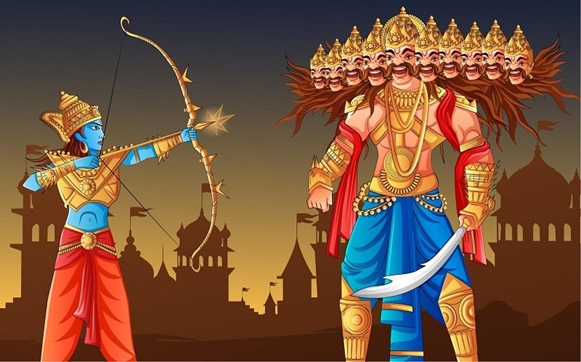
The 10 Headed Demon King Ravana
Renowned for his mastery over the arts, sciences, and warfare, Ravana’s ten heads symbolize his profound knowledge of scriptures, making him a formidable adversary. His ascendency to power was marked by austerities that earned him a boon from Lord Shiva, rendering him virtually invincible.
However, Ravana’s insatiable desires and arrogance led to a pivotal moment in the Ramayana and the abduction of Sita, the wife of Lord Rama. This egregious act set the stage for an epic confrontation between the demon king and the divine hero. Ravana’s character is characterized by moral complexities; he displays moments of honor and justice amidst his ruthless pursuit of desires.
Final Battle Between Lord Rama And Ravana
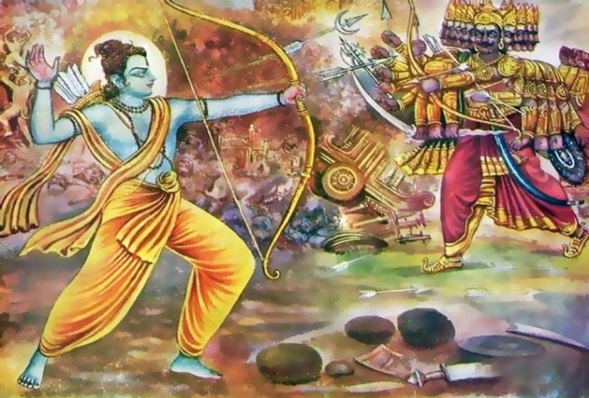
The multifaceted personality of Ravana, as depicted in the Ramayana, challenges simplistic notions of good and evil, making him a captivating and thought-provoking figure in Hindu mythology. His tale unfolds in a rich narrative, exploring themes of power, morality, and the consequences of unchecked ambition.
The character of Ravana in the Ramayana is a testament to the nuanced storytelling and moral complexity inherent in Hindu mythology.
Beyond his demonic attributes, Ravana embodies the human struggle with desires, morality, and the consequences of one’s actions. The Ramayana story prompts contemplation on the shades of good and evil within every individual, making him an enduring and thought-provoking figure in the cultural and spiritual heritage of Hinduism and Sanatana Dharma.
Ravana - Origins And Lineage
Ravana, born to the sage Vishrava and the Rakshasi (demoness) Kaikasi, hailed from a lineage deeply entrenched in both divine and demonic roots. His grandfather, Pulastya, was one of the revered seven sages or Saptarishis. This mixed heritage bestowed upon Ravana extraordinary prowess, intelligence, and a claim to Lanka’s throne.
लंकाधीश रावण
Ravana The Ruler Of Lanka
Known for his exceptional knowledge, Ravana performed intense penance to propitiate Lord Shiva. His unwavering devotion impressed Lord Shiva, who granted him a boon that made him invulnerable to gods, demons, and other supernatural beings. This invincibility played a pivotal role in Ravana’s rise to power and his subsequent rule over Lanka.
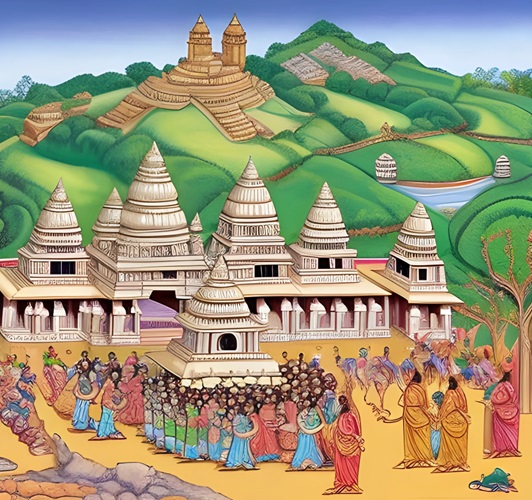
Ravana’s ambition and military prowess are evident in the conquest of Lanka. His mighty kingdom, characterized by opulence and grandeur, became a symbol of his strength and dominance. However, this conquest also marked the beginning of a turbulent chapter, with Ravana’s insatiable desires leading to a clash with divine forces.
Ravana - Musical And Artistic Virtuosity
Contrary to the stereotypical depiction of demons, Ravana was not merely a ruthless warrior. He was a master of the veena, a classical string instrument, and an adept scholar. His profound knowledge of the arts and sciences contributed to the complexity of his character, challenging the conventional portrayal of demons as one-dimensional malevolent beings.
Ten Headed Ravana
Ravana's Ten Heads And Symbolism
Ravana’s most distinctive feature is his ten heads, symbolizing his immense knowledge and mastery over the six Shastras (scriptures) and the four Vedas. While the ten heads represent his erudition, they also serve as a metaphor for the multifaceted nature of his personality, suggesting that he was a man of many talents and capabilities.
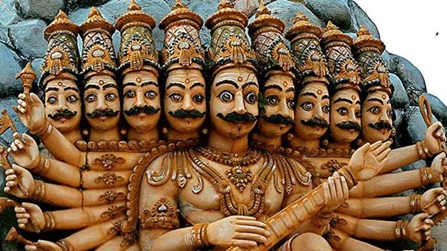
Sita's Abduction By Ravana
Ravana’s most infamous act is the abduction of Sita, the wife of Lord Rama. Motivated by a misguided sense of desire and arrogance, Ravana kidnaps Sita and takes her to Lanka.
This turns out to be a fatal mistake and this action becomes the catalyst for the epic conflict between Rama and Ravana, setting the stage for the battle that unfolds in the latter part of the Ramayana.
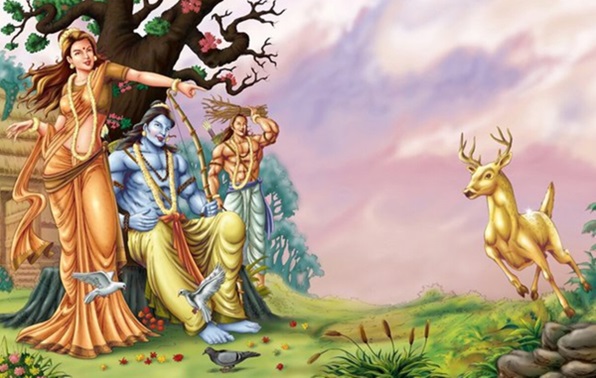
Ravana’s abduction of Sita in the Ramayana is a tale of cunning strategy. Disguised as a holy man, Ravana approached Sita in the absence of Lord Rama. Enthralled by his deceptive guise, Sita stepped out of the protective boundary “Lakshman Rekha” drawn by Lakshmana.
Seizing the opportunity, Ravana swiftly abducted her, using his supernatural powers to carry her to his kingdom of Lanka. This strategic manipulation exploited Sita’s innocence and the absence of her divine protectors, showcasing Ravana’s intellect and deceitful prowess in executing the audacious act.
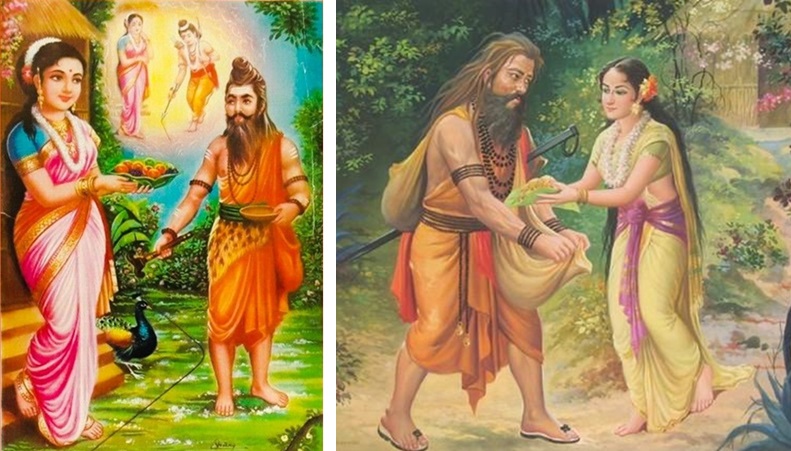
Search For Sita
Hanuman's Visit to Lanka
Rama entrusts the responsibility to search Sita to Hanuman who was his most trusted ally and formidable worrier blessed with divine powers. Lord Hanuman was the supreme devotee and vanara monkey-god.
Hanuman’s reconnaissance mission to Lanka unveils not only the grandeur of Ravana’s kingdom but also the virtues and vices of the demon king. Ravana’s interactions with Hanuman, though marked by hostility, showcase his intelligence and charisma.
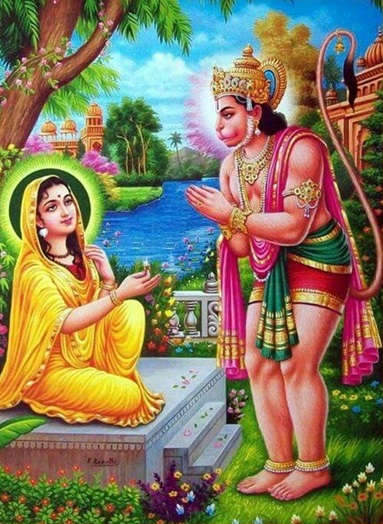
लंका दहन
Hanuman Burns Ravana's Lanka
Hanuman burns Lanka in the Ramayana to showcase Rama’s might and to instill fear in Ravana. Upon locating the captive Sita, Hanuman sets Lanka ablaze with his fiery tail as a demonstration of Rama’s imminent wrath.
This act serves both as a warning and a display of Hanuman’s formidable powers, aiming to create chaos in Ravana’s kingdom and emphasize the consequences of holding Sita against her will. The burning of Lanka is a pivotal event that fuels the conflict between Rama and Ravana, intensifying the narrative tension in the epic.
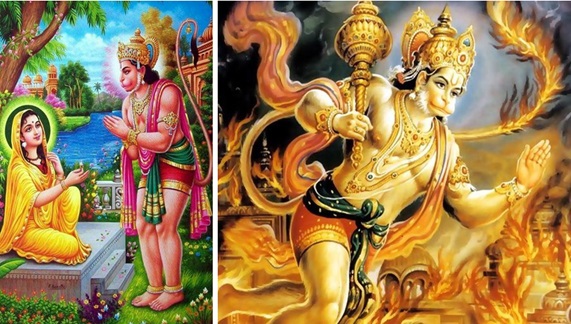
Rama Kills Ravana
The Final Battle Between Rama And Ravana
The culmination of the Ramayana is the epic battle between Rama and Ravana. This fierce confrontation is not just a clash of physical strength but a battle of ideologies, righteousness, and the consequences of unchecked desire. Ravana, though a formidable adversary, faces the inevitable consequences of his actions.
In the final battle of the Ramayana, Rama defeats the formidable demon king Ravana through a combination of divine prowess and strategic acumen. Armed with the celestial bow, Rama, an avatar of Lord Vishnu, confronts Ravana in an epic duel.
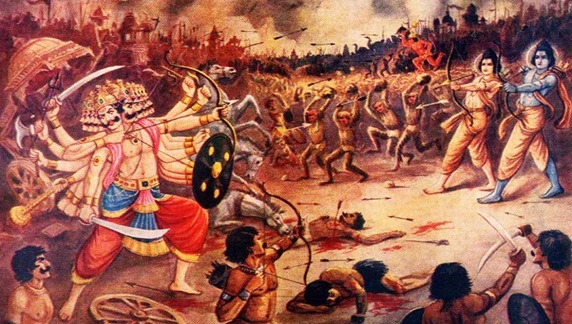
Despite Ravana’s extraordinary strength, Rama’s divine arrows prove insurmountable. However, adhering to dharma (righteousness), Rama initially refrains from using the powerful Brahmastra.
Eventually, at the advice of Sage Agastya, Rama invokes Lord Shiva’s bow, the Pinaka, and pierces Ravana’s heart, ending the demon king’s reign of tyranny. Ravana, despite his immense power, succumbs to Rama’s divine might, underscoring the triumph of righteousness over evil in this iconic moment of the Ramayana’s conclusion.
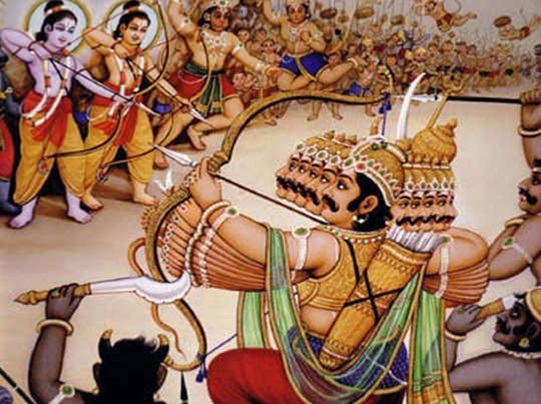
The character of Ravana in the Ramayana is a testament to the nuanced storytelling and moral complexity inherent in Hindu mythology. Beyond his demonic attributes, Ravana embodies the human struggle with desires, morality, and the consequences of one’s actions. His story prompts contemplation on the shades of good and evil within every individual, making him an enduring and thought-provoking figure in the cultural and spiritual heritage of Hinduism.
Ravana's Birth Story
Ravana, the formidable antagonist in the Hindu epic Ramayana, had a unique and fascinating birth story. He was born to the sage Vishrava and his wife, Kaikasi, who belonged to the demon (Rakshasa) lineage.
Kaikasi sought a son with unparalleled strength and power, so she performed intense penance to please Lord Brahma. Pleased with her devotion, Brahma granted her a boon.
Kaikasi asked for a son with ten heads, each representing great knowledge and strength. Brahma granted her request, and thus, Ravana was born with ten heads and twenty arms. His birth name was Dasagriva, meaning “Ten-Headed.”
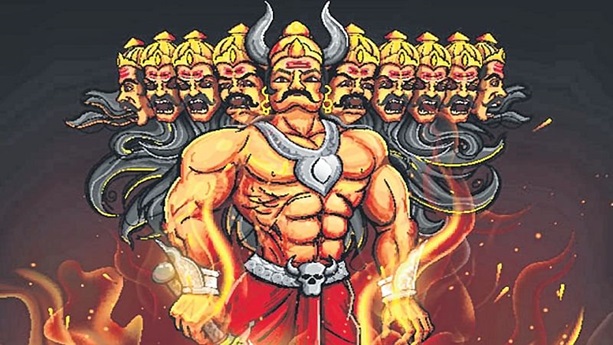
Ravana’s extraordinary birth and physical attributes set him apart from others. His intelligence and martial prowess, combined with his ambitious and sometimes ruthless nature, played a crucial role in the unfolding of the Ramayana’s narrative.
While his birth endowed him with immense power, it was his choices and actions throughout his life that ultimately determined his fate, leading to both his extraordinary achievements and eventual downfall.
Ravana's Downfall
The Morale Lesson From Ravana
Ravana, the complex antagonist in the Ramayana, imparts profound lessons that resonate across time. His brilliance, power, and tragic downfall offer insights into the consequences of unchecked ego, desire, and the pursuit of power without ethical boundaries.
The primary lesson from Ravana’s character lies in the destructive nature of arrogance and hubris. Despite his unmatched intellect and strength, Ravana’s insatiable desires, particularly his obsession with Sita, lead to his eventual downfall. His inability to control his ego blinds him to the righteous path, setting the stage for his tragic demise.
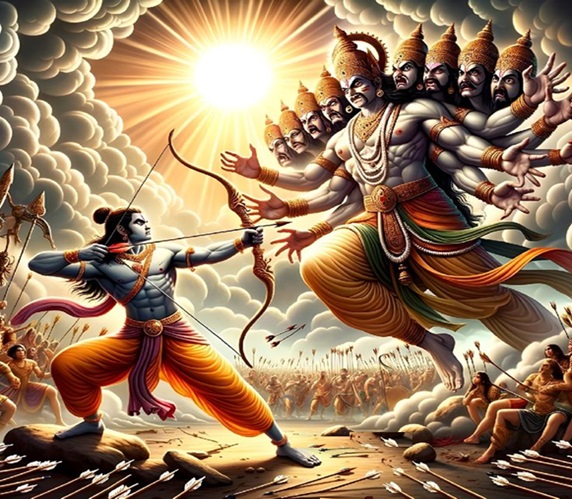
Ravana’s character also serves as a cautionary tale about the importance of ethical leadership. His misuse of power, disrespect for dharma, and tyrannical rule over Lanka highlight the negative repercussions of leadership devoid of moral principles. In contrast, the virtuous leadership of Lord Rama, adhering to dharma, stands in stark contrast and underscores the enduring value of righteous governance.
Ultimately, Ravana’s character teaches us that intellectual prowess and physical strength alone are insufficient without moral integrity. It encourages reflection on the consequences of actions driven by ego and unchecked desires, emphasizing the timeless importance of humility, ethical leadership, and adherence to principles in the journey of life.
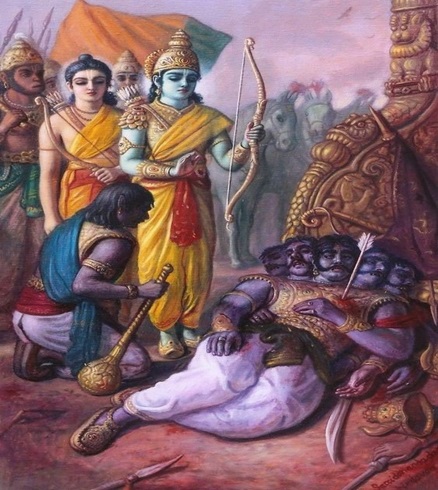
The downfall of Ravana, the antagonist in the Hindu epic Ramayana, teaches a profound lesson about the consequences of arrogance and ego. Despite his immense power and knowledge, Ravana’s downfall stemmed from his unchecked pride and disregard for righteousness. His kidnapping of Sita, the wife of Lord Rama, and refusal to surrender her despite repeated warnings led to his eventual demise.
Ravana’s story emphasizes the destructive nature of unchecked desires and the importance of humility. It serves as a timeless reminder that even the mightiest can fall if consumed by arrogance, and true strength lies in humility, moral conduct, and respect for divine principles.
The downfall of Ravana serves as a cautionary tale, urging individuals to cultivate virtues such as humility and righteousness to avoid the tragic consequences of unchecked ego.
